Product Description
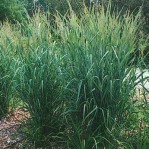

Panicum virgatum ‘Hanse Herms’ – Red Switchgrass
Native/Non-native – Native
Hardiness Zone – 3-8
Sun – Full sun
Moisture – Moist, well drained
Size – 5-6′ height
Comments
* Red orange foliage in fall
Description
Panicum virgatum ‘Hanse Herms’ – Red Switch Grass
aka Panicum virgatum ‘Haense Herms’
P. ‘Hanse Herms’ is similar to P. ‘Rotstrahlbusch’ except that the foliage is a bit wider and overall it is leafier. The main feature is the beautiful pink seedheads, which quail gobble up like candy!
- ‘Rotstrahlbusch’ and ‘Hanse Hermes’ have a more upright form than the other two
- ‘Rotstrahlbusch’ and ‘Hanse Hermes’ are the smallest
- leaves of ‘Rotstrahlbusch’ are slightly narrower than all the others
- ‘Rotstrahlbusch’ is the oldest cultivar and has withstood the test of time
- leaves are tinged with red all growing season; ‘Shenandoah’ has red leaf tips early in the growing season; ‘Squaw’ is green until fall
- the fall color of ‘Rotstrahlbusch’ is red; ‘Shenandoah’ and ‘Squaw’ are burgundy
- all three have burgundy seedheads
Description: warm season*; sod forming (slow spreader)
Foliage is green, has a strong red colour by September; 10 mm (3/8″) wide; 90-105 cm (36-42″) in height
Flowers Aug-Sept; 105-120 cm (42-48″) tall
Ideal conditions: full sun; prefers moist fertile soil, but adapts to a wide range of soil conditions
Coldest zone: 4 (find your zone; further info on plant hardiness)
Partner with: Coreopsis tripteris, Solidago gigantea, Inula racemosa ‘Sonnenspeer’, Panicum virgatum ‘Prairie Sky’, Penstemmon grandiflora
Season of interest: August to winter
Drought tolerance rating: 2 (water to root depth once every 2 weeks); further info
The species is native to: prairies and open ground, open woods, brackish marshes from eastern Canada to central and eastern US and south to Central America.
Recommended spacing between plants: 40-80 cm (24-32″) why such a difference?
When to divide: when it shows signs of life in the spring, continuing until the new growth is about 12″ tall; only in the spring (further info on dividing grasses)
When to plant or transplant: plant bare root plants only in late spring to early summer, when the soil is warm, about the same time you plant your bean or corn seeds. The roots will grow only in warm soil. Planting too early in the spring may cause the roots to rot. Similar story in the fall when the roots may not grow enough to establish before the cold and wet of winter, resulting in the demise of the plant.
When to cut back: before the new growth starts to appear, but after the cold weather is over. Cut back to about 3-4″ from the crown of the plant.
Pronunciation: Panicum (PAN-ih-kum) virgatum (veer-GAH-tum)


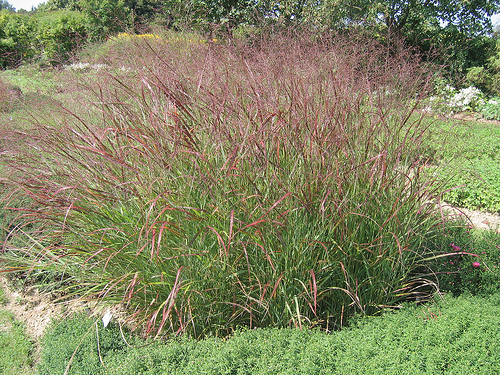
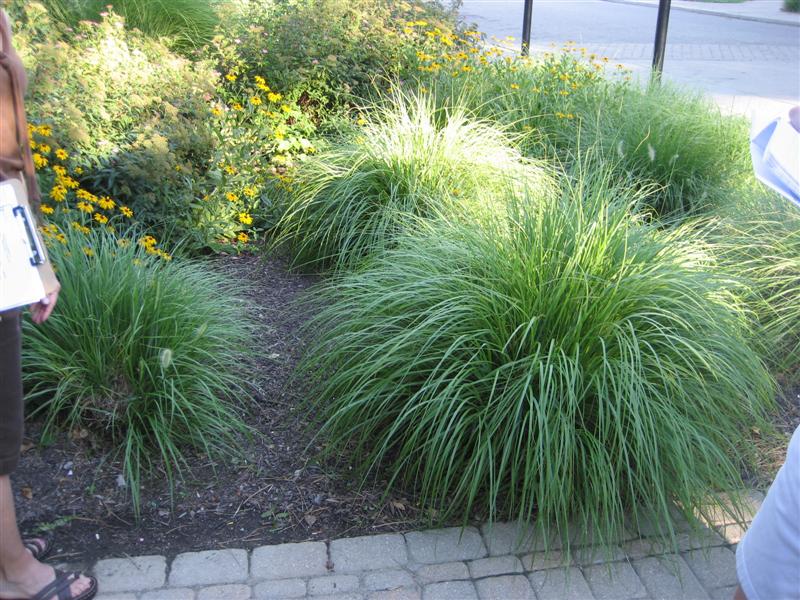
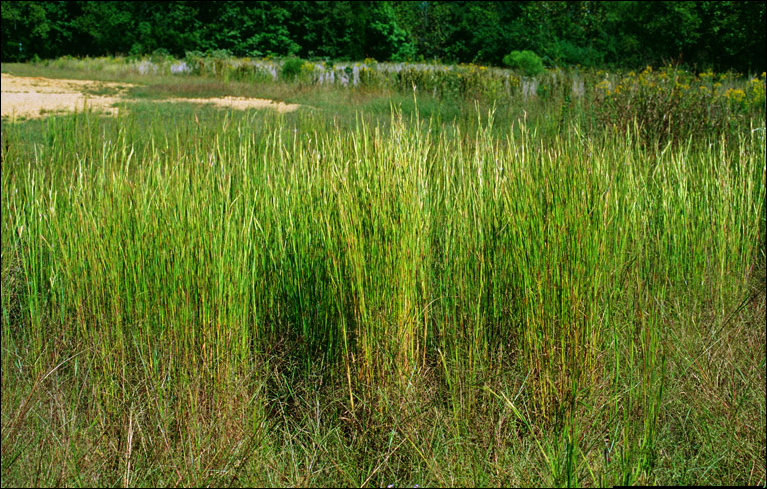

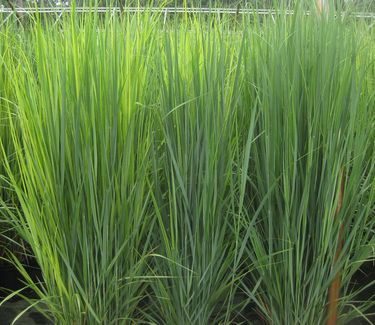
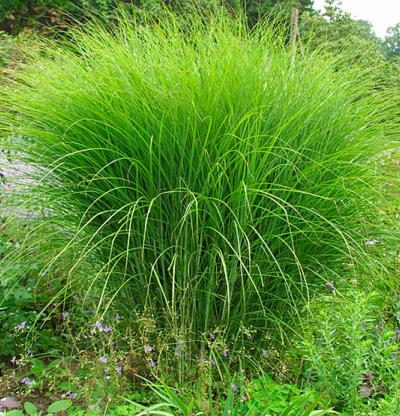
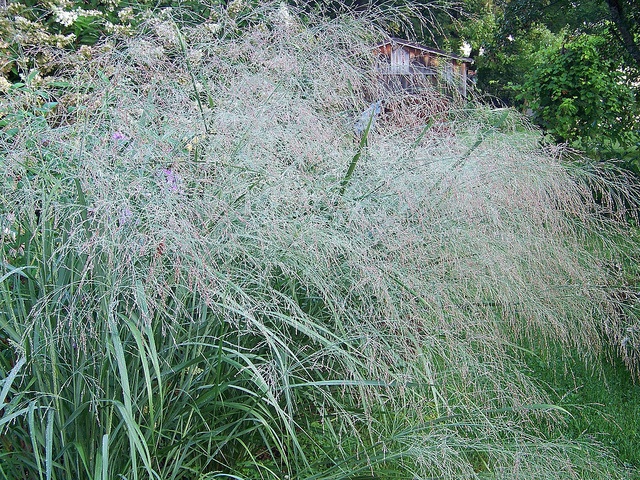
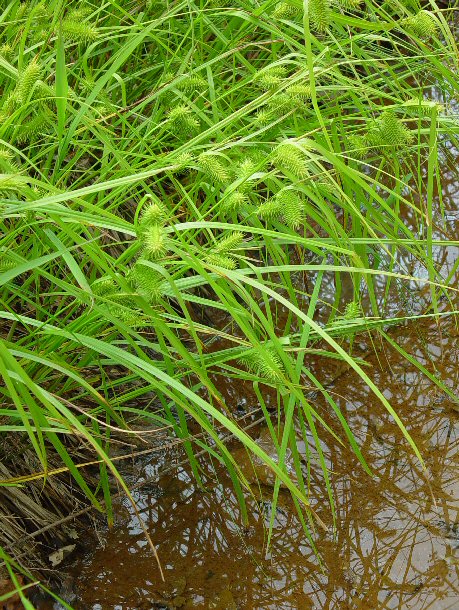
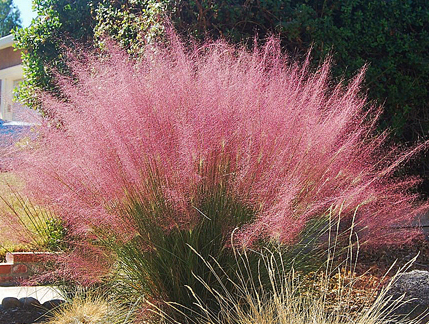
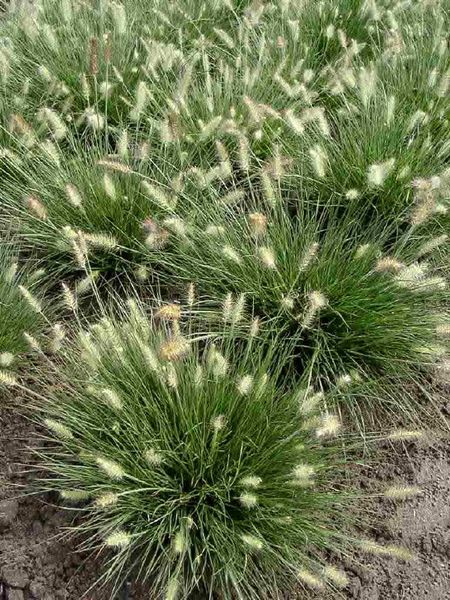

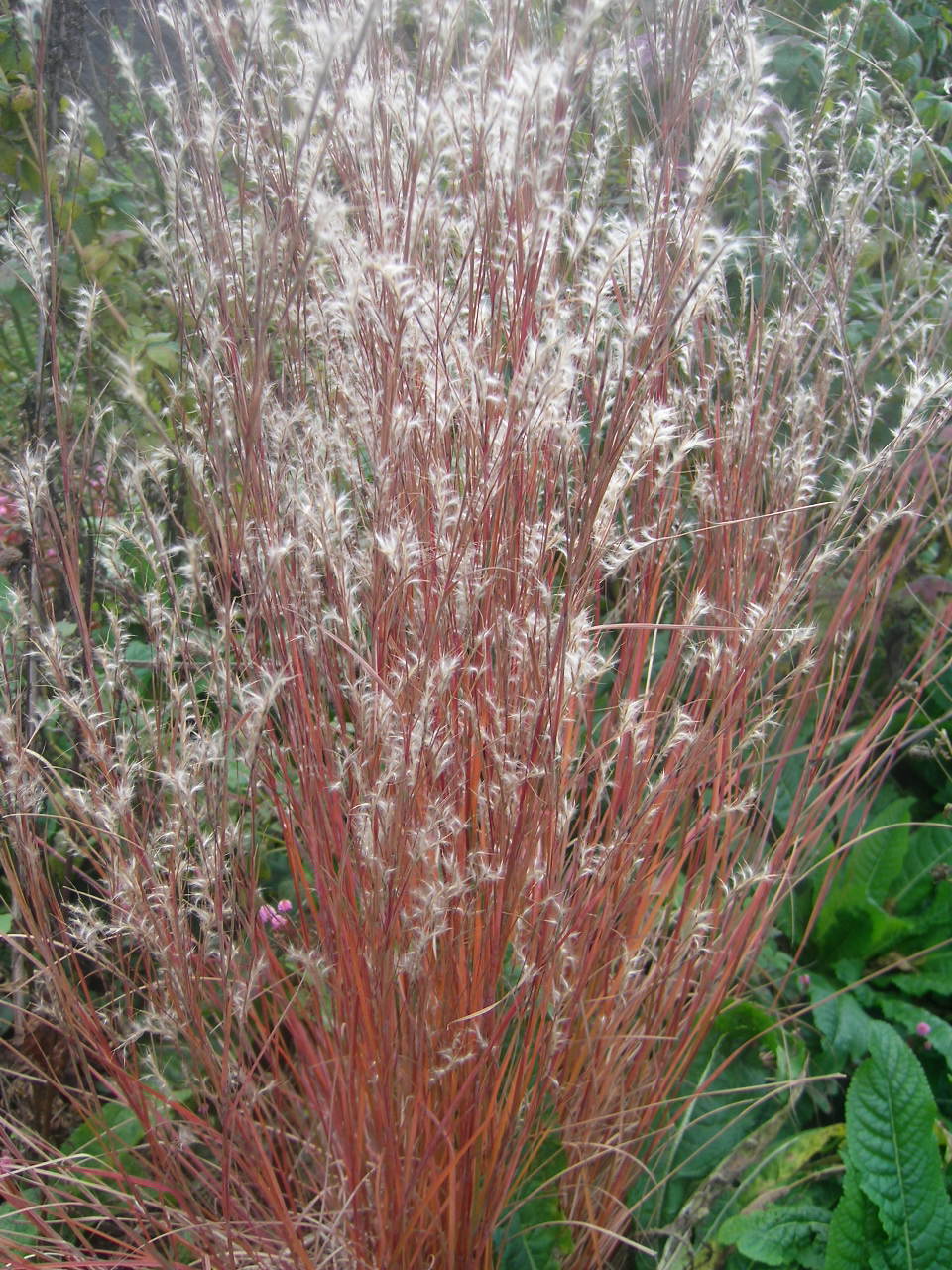
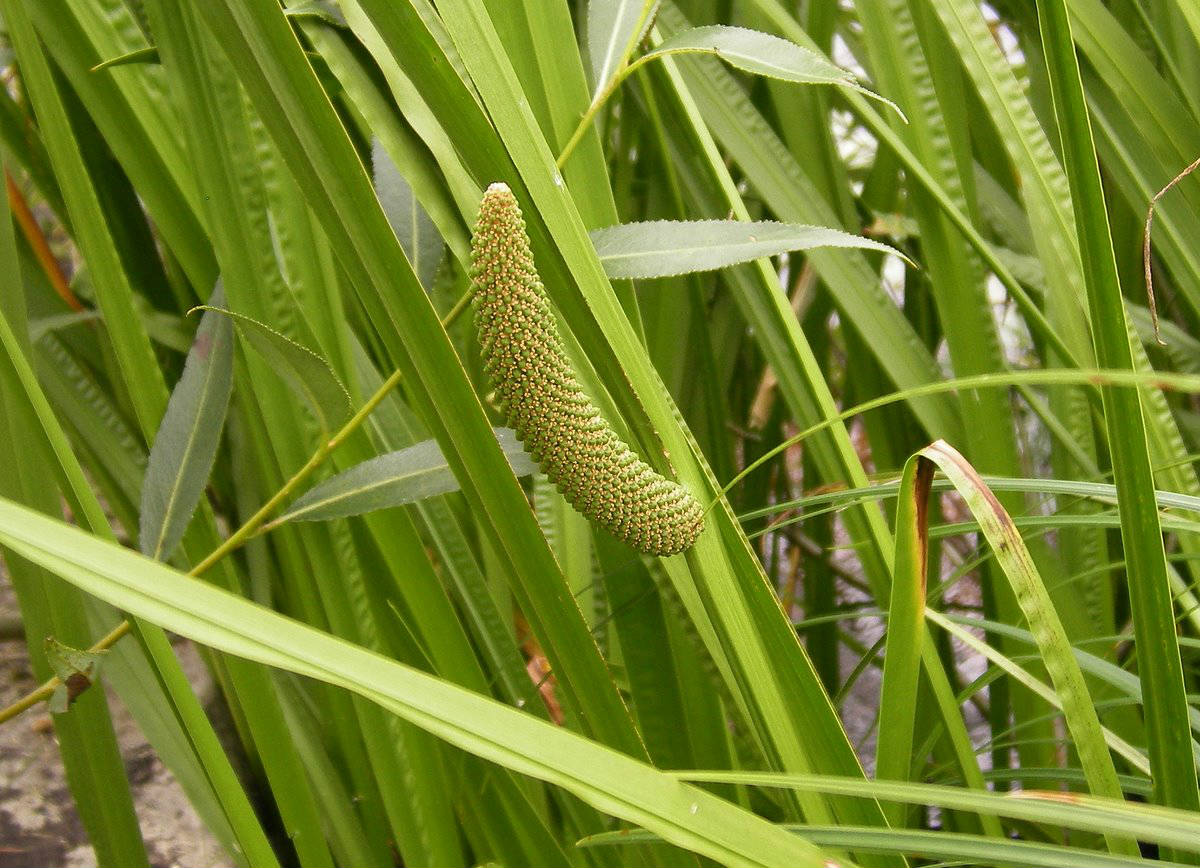

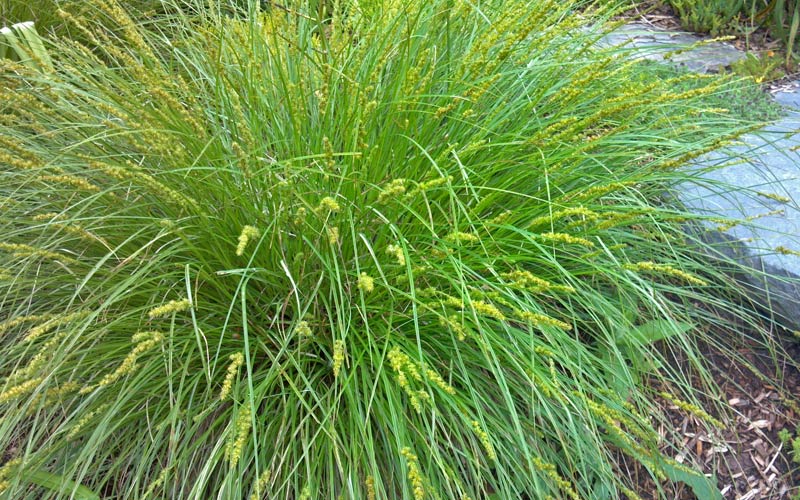

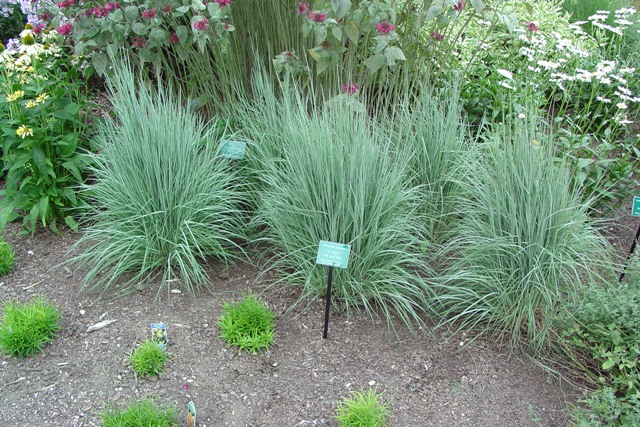
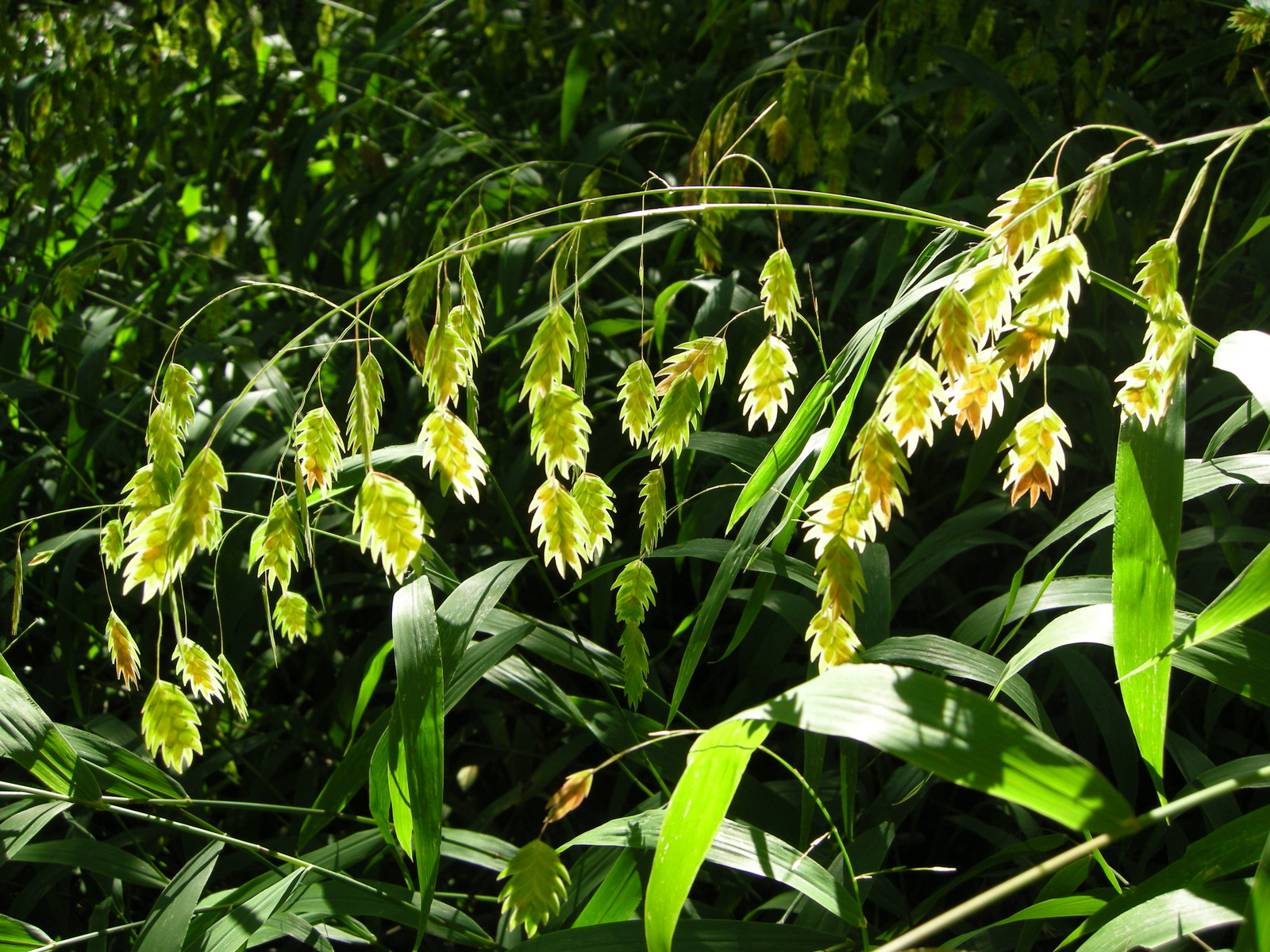
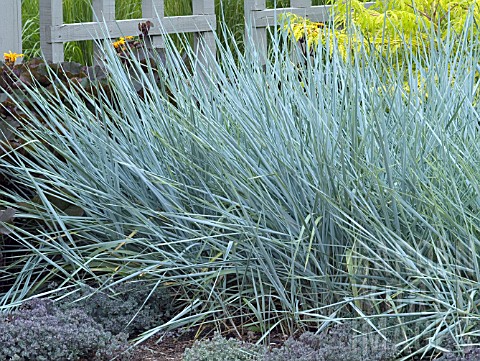

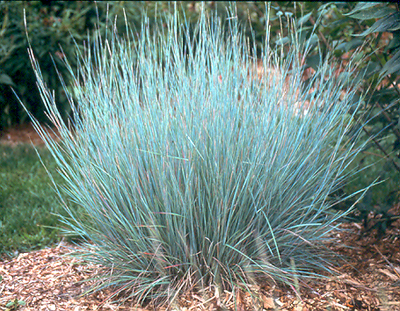

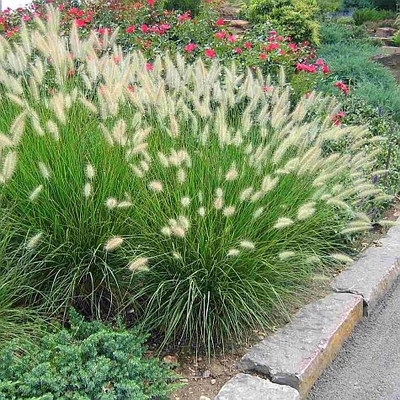


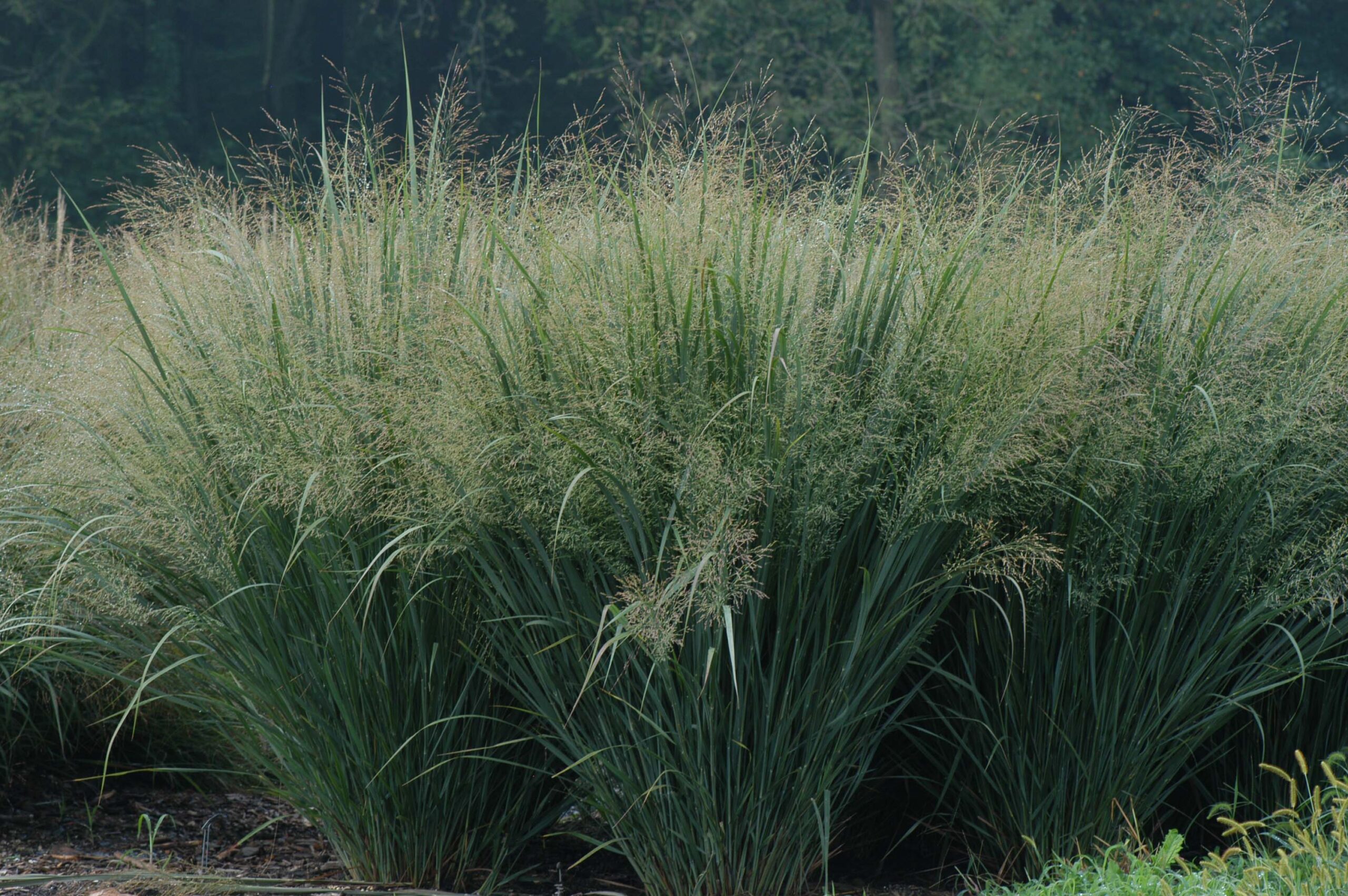

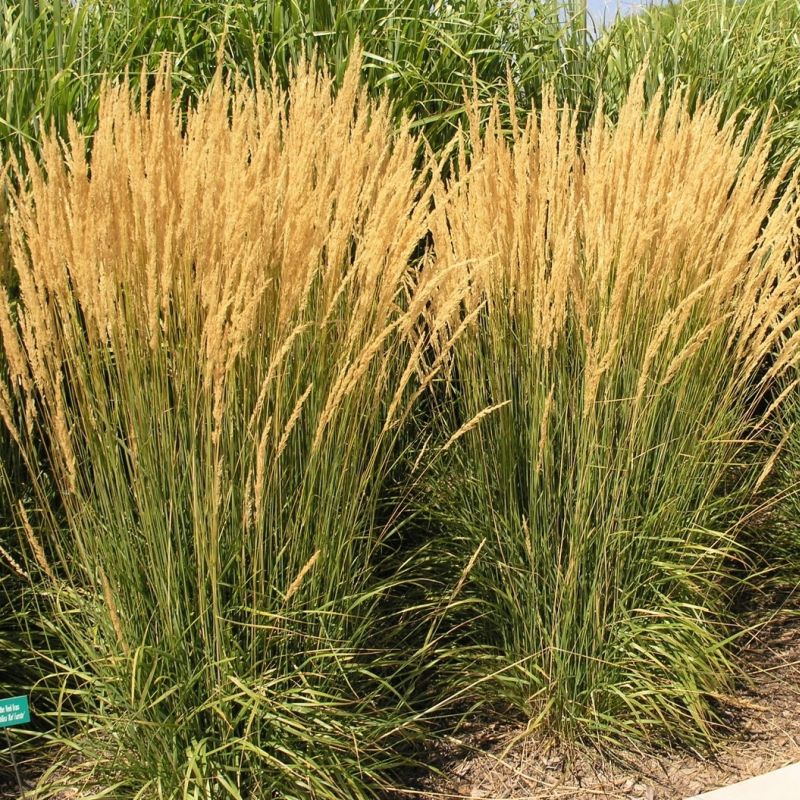
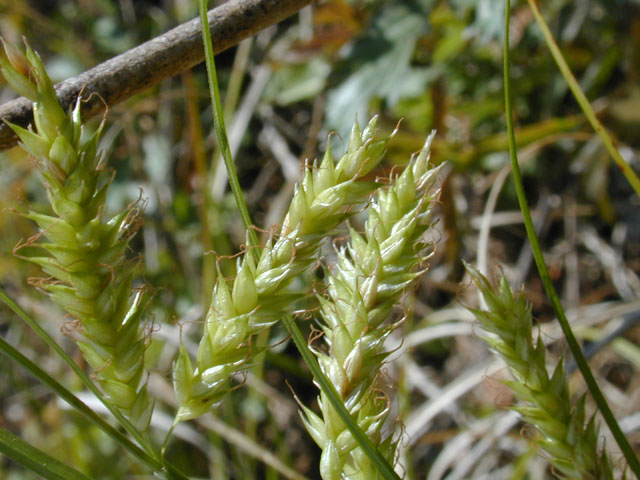
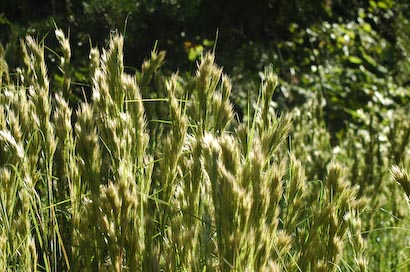
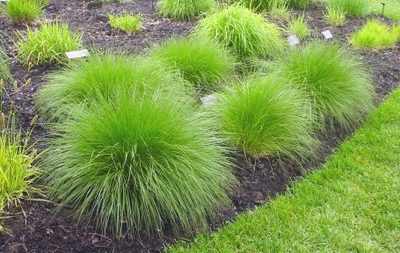
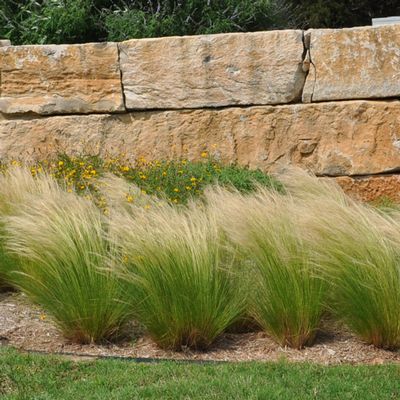
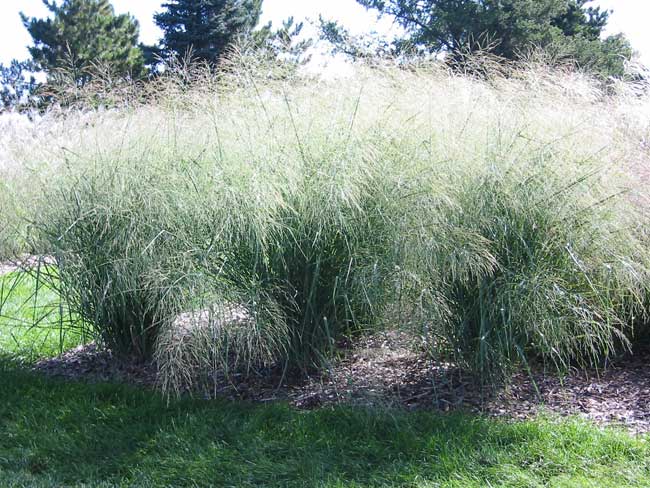

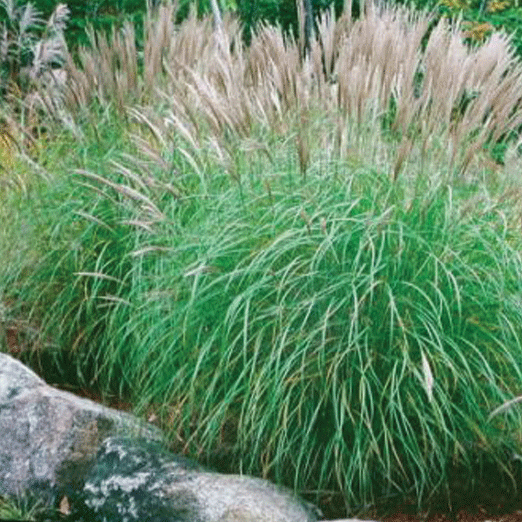
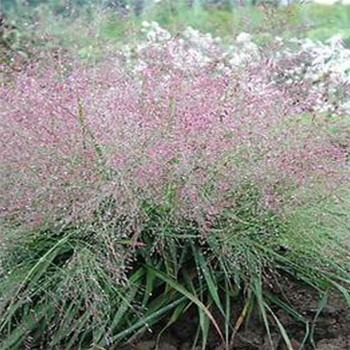


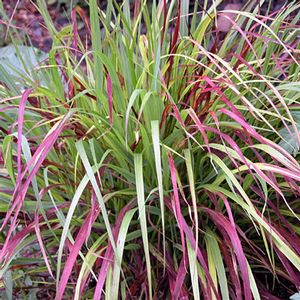
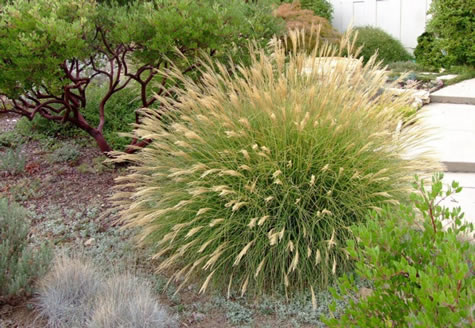
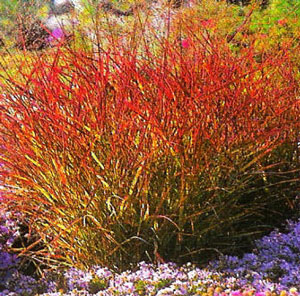
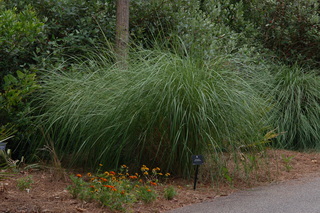
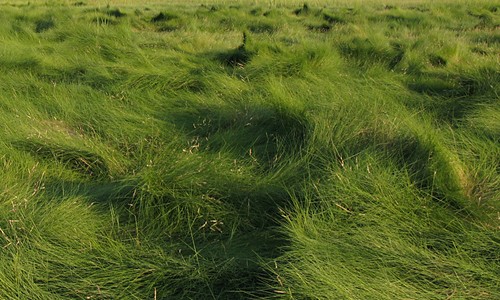

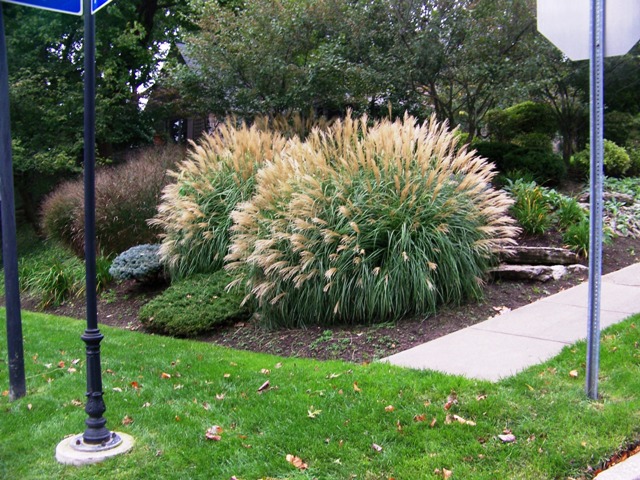

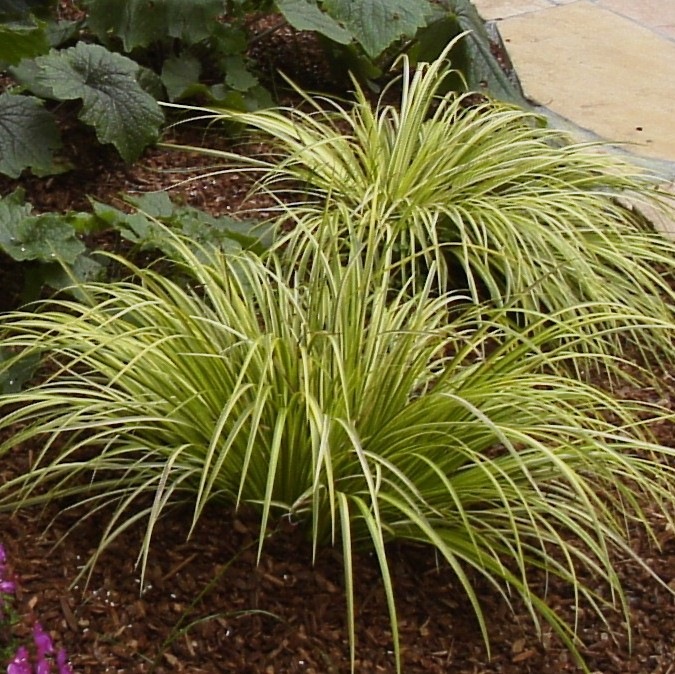

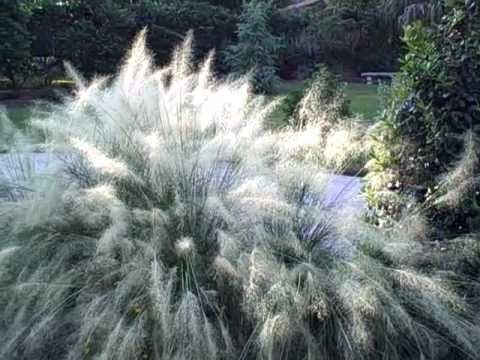
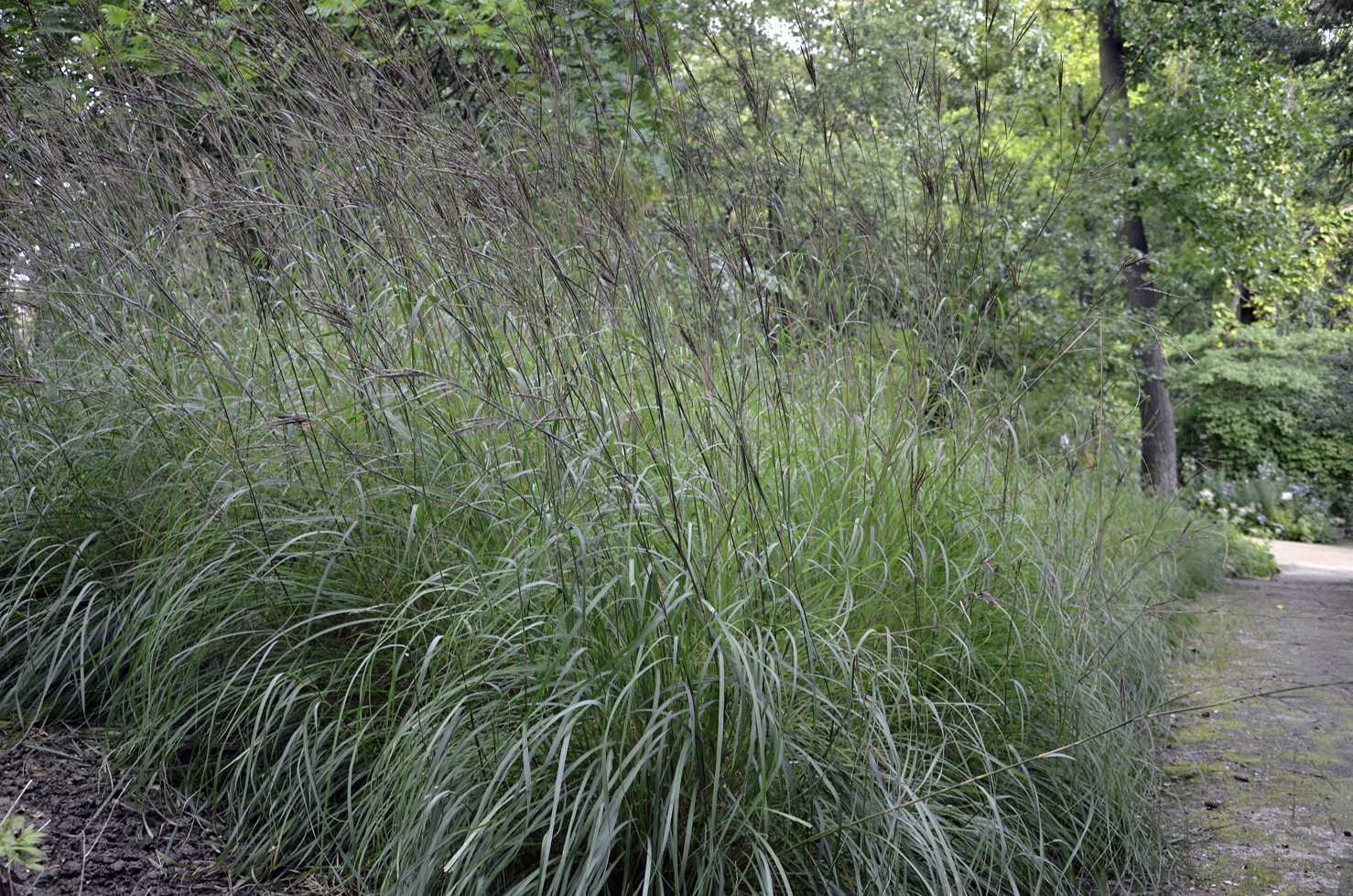
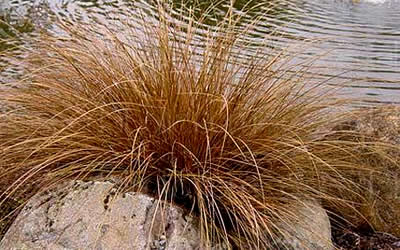
Reviews
There are no reviews yet.